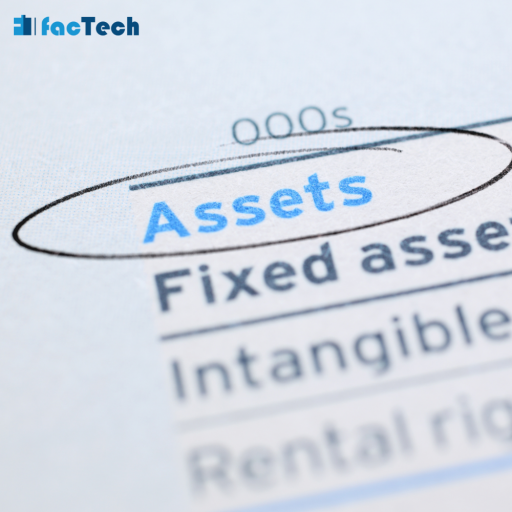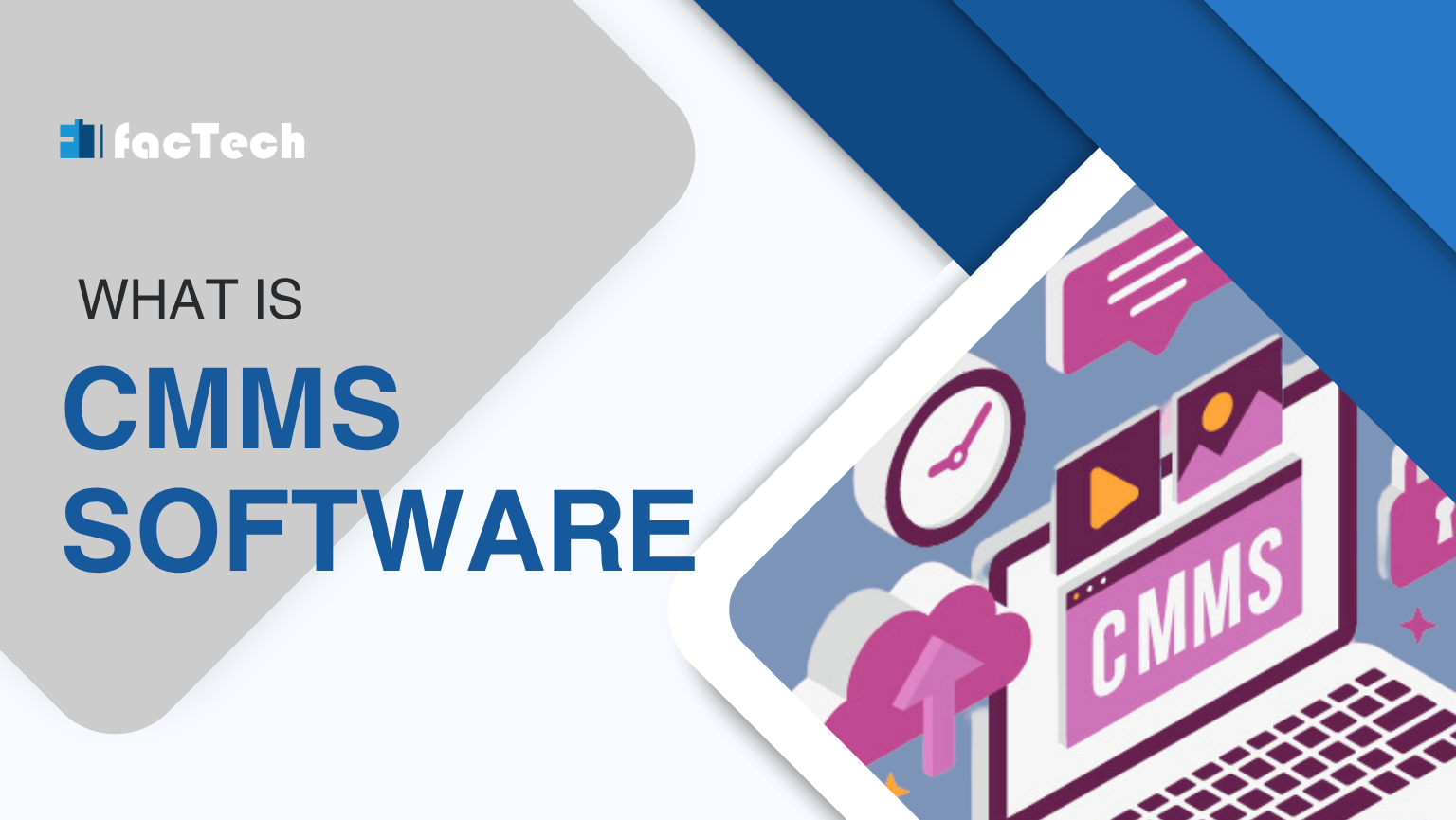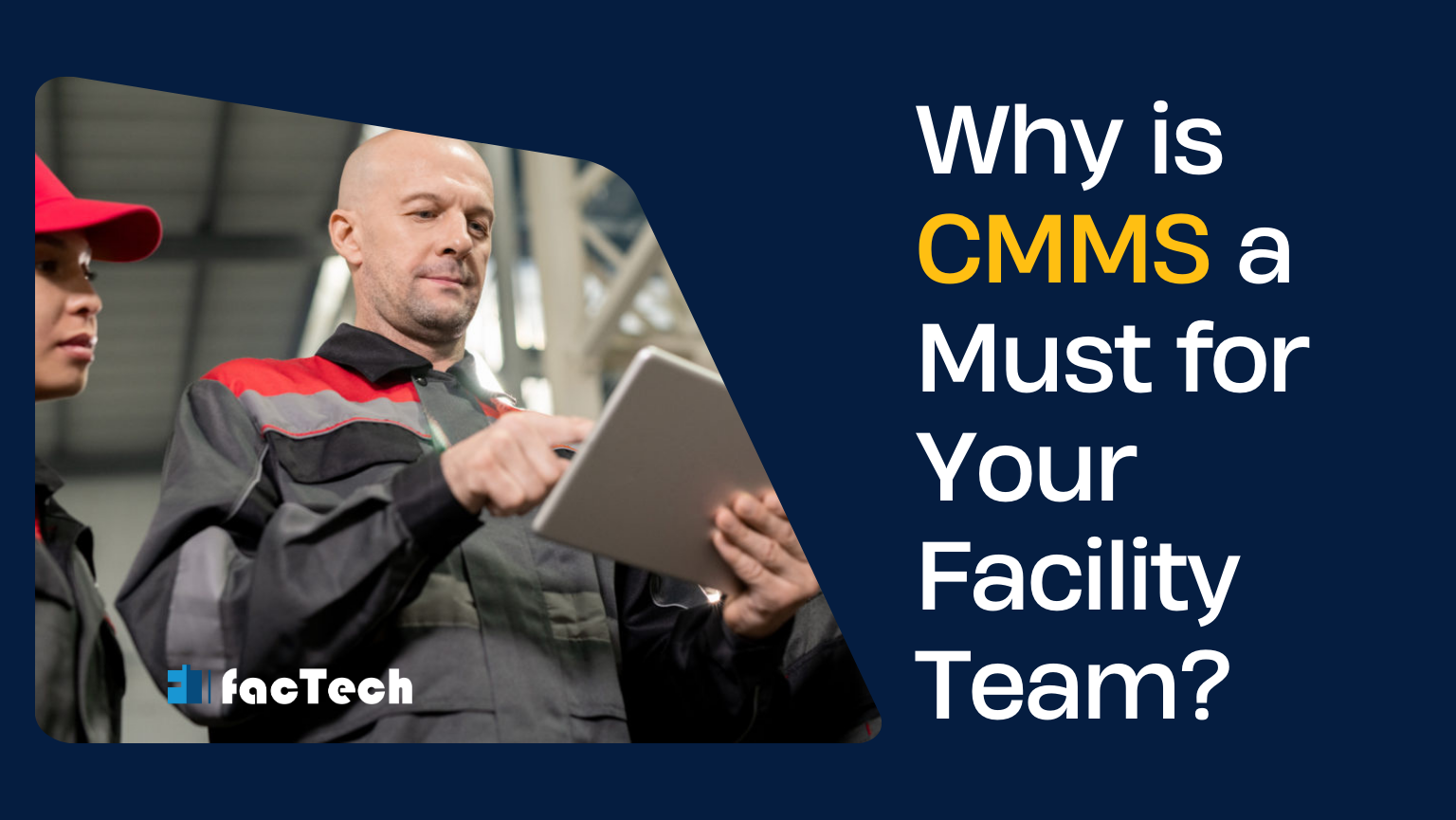Transition From Building Construction to FM
The building project completion is a beginning in itself. During the construction phase, the focus was on the creation of a physical asset. But once created, how will your organization manage it? You need a well-designed plan to transition from construction to facility operations. In this blog, we’ll explore the steps involved in this transition process and the key considerations to ensure the long-term success of the building project. Let’s begin!
How to Transition from Building Project to Facility Teams?
#1 Compile Documentation for Smooth Transition
The first step is to compile all the documentation and hand it over to the future facility managers. This includes any facility layout designs, O&M manuals, details on equipment operations and troubleshooting procedures etc. Moreover, ensure that the warranties and OEM guidelines are well in place to shield against any future facility disruptions. What else? Well, you’ll also have to store the building project records, contractor details and any other relevant information for future reference. You can consider leveraging CAFM software for the digital or cloud storage of this data for ease of accessibility and collaboration.
#2 Establish Communication Channels
Next, define clear communication channels amongst the building contractors, facility managers, maintenance teams, equipment vendors and other key stakeholders. This is an important step for ensuring a seamless handover of responsibilities and alignment of expectations. Moreover, you can even implement document-sharing and project collaboration tools for better coordination and exchange of information among the stakeholders.
Read more: How to create a document type category?
#3 Identify the Building Asset Inventory

Once you have the communication channels in place, develop a sound understanding of the building asset inventory. Here comes the process of asset tagging. Assign unique identifiers to all the equipment and machinery to enable continuous monitoring through your CAFM. Furthermore, you can also categorize the assets based on factors like safety, functionality and contribution to everyday operations. Such classification helps in strategizing and targeting maintenance efforts. As always, implement an asset inventory management software to store and share information on asset performance, maintenance, repairs and other specifications.
#4 Build Your Facility Operations Team
Assembling a facility team is by far the most challenging task, isn’t it? You’ll have to ensure that the right people with the right skill sets are on board. Plan the duties and define the responsibilities. Next, recruit personnel with adequate expertise and experience in the field. The key individuals on your team will be the facility managers, security officers, maintenance teams, technicians, and IT people amongst others. As dreadful as it sounds, you can’t just kick back after the recruitment. With rapid advancements in facility technology, you might want to keep your facility team abreast of the latest tools like AI-powered CMMS, AR facility glasses etc.
#5 Establish Facility SOPs for Facility Management Transition
The next crucial step is to establish facility management SOPs. Here, you’ll have to define the maintenance and safety protocols, emergency response procedures, personnel duties, communication strategies etc. With building sustainability at the forefront, you must also outline the energy and waste management best practices for a greener building. Ensure that these facility SOPs are under regular scrutiny to adapt well to the changing environment.
#6 Commissioning and Facility Management

Finally, you’ll have to commission the building project. It refers to the meticulous approach of ensuring that the building performs as per the designed intent and expectations. Once you do this, the next phase is to implement the facility management practices. This involves routine inspections, workflow order management, asset tracking and facility security maintenance among others. Now that we are familiar with the 6-step process of successful transition from project to facility teams, let’s get a brief on the key considerations.
Key Considerations for Smooth Transition into Facility Teams
#1 Documentation Transfer from Construction to Management Phase
First and foremost is the documentation storage and sharing. You’ll have to ensure that the information handed over is complete. It should include all the design layouts, operational manuals, equipment warranty cards etc. Remember, this documentation lays the necessary groundwork for facility operation plans and the success of the facility teams.
#2 Training the Facility Teams
The next area of concern is training the facility teams. You have to ensure that the maintenance personnel are up-to-date with all the recent developments in facility technology, updated facility software, safety guidelines and other revised maintenance standards. Weigh the training costs against the expected benefits to develop in-budget training programs on facility management.
#3 Developing Facility Maintenance Plans

A maintenance plan is never a one-size-fits-all approach. You must come up with a customised maintenance plan for various asset types. For instance, an HVAC maintenance plan would include regular inspections, filter changes and thermostat calibrations. On the other hand, an IT infrastructure maintenance plan would include regular data backups, software updates, debugging etc.
#4 Monitoring Building Maintenance Metrics
Finally, some of the maintenance KPIs that you need to track are building energy efficiency, MTR (Mean time to repair), MTF (Mean time between failure), overall maintenance effectiveness, cost-savings etc. The KPIs coupled with stakeholder feedback help identify improvement scope and enable hassle-free facility operations.
In a Nutshell
To wrap it up, we have discussed a 6-step procedure for a successful transition from building construction to facility management. You have to begin with the documentation turnover and end with project commissioning. This end is again the beginning of the creation of building maintenance plans and SOPs as well as the facility operations team. The transition process is again layered with some challenges like documentation transferring and employee training. Effective leadership and a clear vision can smoothen out the otherwise bumpy ride of this transition to facility teams.
Contact us for a free demo of how our expertise can help you achieve your business goals to the best.










